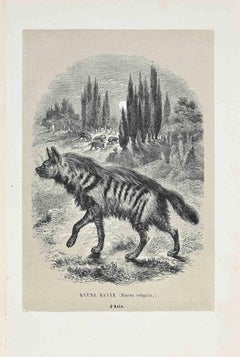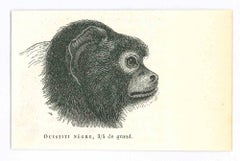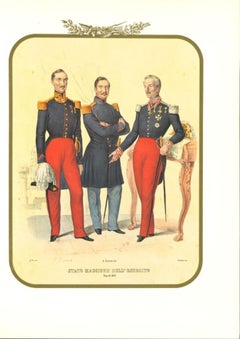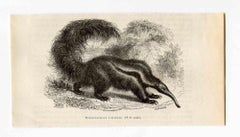1850s Art
Modern 1850s Art
Lithograph
Modern 1850s Art
Lithograph
Modern 1850s Art
Lithograph, Paper
Modern 1850s Art
Lithograph, Paper
Modern 1850s Art
Etching
Modern 1850s Art
Lithograph, Paper
Modern 1850s Art
Lithograph
Modern 1850s Art
Lithograph, Paper
Modern 1850s Art
Lithograph, Paper
Modern 1850s Art
Lithograph
Modern 1850s Art
Lithograph
Modern 1850s Art
Lithograph
Modern 1850s Art
Lithograph
Modern 1850s Art
Lithograph
Modern 1850s Art
Lithograph
Modern 1850s Art
Lithograph
Modern 1850s Art
Lithograph
Modern 1850s Art
Lithograph
Modern 1850s Art
Lithograph
Modern 1850s Art
Lithograph
Modern 1850s Art
Etching
Modern 1850s Art
Lithograph, Paper
Modern 1850s Art
Lithograph
Modern 1850s Art
Lithograph, Paper
Modern 1850s Art
Lithograph, Paper
Modern 1850s Art
Lithograph
Modern 1850s Art
Lithograph
Modern 1850s Art
Paper, Lithograph
Modern 1850s Art
Lithograph
1850s Art
Lithograph
Modern 1850s Art
Lithograph, Paper
Modern 1850s Art
Lithograph
Modern 1850s Art
Lithograph
Modern 1850s Art
Lithograph, Paper
Modern 1850s Art
Lithograph, Paper
Modern 1850s Art
Lithograph, Paper
Modern 1850s Art
Lithograph
Modern 1850s Art
Lithograph
Modern 1850s Art
Paper, Lithograph
Modern 1850s Art
Paper, Lithograph
Modern 1850s Art
Lithograph, Paper
Modern 1850s Art
Lithograph, Paper
Modern 1850s Art
Lithograph, Paper
Modern 1850s Art
Lithograph, Paper
Modern 1850s Art
Lithograph
Modern 1850s Art
Lithograph
Modern 1850s Art
Paper, Lithograph
Modern 1850s Art
Lithograph
Modern 1850s Art
Lithograph, Paper
Modern 1850s Art
Lithograph
Modern 1850s Art
Woodcut
Modern 1850s Art
Paper, Lithograph
Modern 1850s Art
Lithograph, Paper
Modern 1850s Art
Lithograph, Paper
Modern 1850s Art
Lithograph, Paper
Modern 1850s Art
Lithograph, Paper
Modern 1850s Art
Lithograph, Paper
Modern 1850s Art
Lithograph, Paper
Modern 1850s Art
Paper, Lithograph
Modern 1850s Art
Lithograph, Paper





